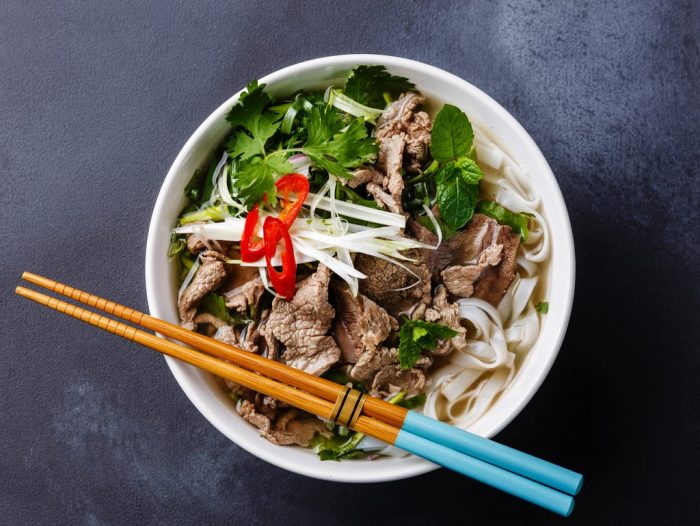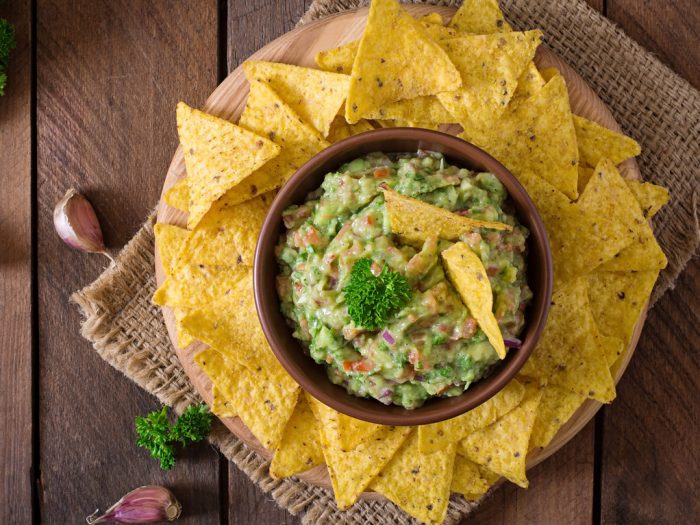Planning on making a delicious stir-fry tonight or soon enough? Then how about learning more about cooking with rice noodles? They’re nutritious, delicious, and it doesn’t take that long for you to learn what makes them tick.
I’ve been recently cooking with rice noodles so much more because I’ve fallen in love with their texture and lovely, delicate taste. But sometimes they can be a bit tricky with the cooking process and turn out a mushy mess that nobody feels like even touching, not to mention eating. But the thing is that their delicate texture is actually the reason they’re faster and simpler to cook than pasta. All you have to do is learn how! That’s why we thought we will give you a play by play on the process. Mushy catastrophe averted!
We don’t want you to give up on cooking with rice noodles because they’re quite nutritious and make a satisfying base for so many ingredients. You can use them in soups, and all kinds of Vietnamese and Thai dishes, like pad thai, pho, spring rolls, and many more. Rice noodles have only 96 calories per half a cup, 0.15 grams of fat (healthy unsaturated fat, to be exact), 0.9 grams of fiber, and 3 micrograms of folate.
When you buy them, if you can, try to get noodles with Made in Thailand written on the package, because they’re the absolute best.
5 tips and tricks for cooking with rice noodles
1. Submerge them in room temperature water
Because rice noodles are so delicate, don’t boil them like you would do with pasta. Why? Because boiling them will make them release too much starch and that’s the main reason they turn into a mushy mess while you’re stir-frying them. Now, some people will tell you to use boiling water anyway, but we urge you to use room temperature water to just soak them a little.
So, place the noodles you want to cook in a deep mixing bowl. Try to snap as few of them as possible. Then pour the room temperature water over them and completely submerge them.
On the other hand, if you’re making a soup when cooking with rice noodles, then you should cook them directly in the broth. That way, they won’t overcook.

2. Loosen them up
While they’re in the water, stir the noodles a little to make sure that they don’t remain stuck to each other. This way, and because the water is room temperature, they will slowly absorb the water and keep their structural integrity. Once they become limp in texture, taste one and see if it’s cooked through. This whole operation should not last more than a few minutes. But it mostly depends on their thickness: the process will go so much faster with vermicelli noodles than the flat rice noodles.
3. Drain them and stop the soaking
Once you’ve seen that the noodles are soaked through, drain the water and rinse them with a bit of cold water. They will be cooking more once you add them to the stir-fry, so it’s important that you feel the balance in this. You can use a bit of oil on them, to make sure they don’t stick to each other.

4. Keep them apart in the wok
You don’t want your dish to be a rice noodle ball, all stuck together, so, while stir-frying, make sure you keep the noodles evenly spread in the wok or the pan and separated at that. You can use a spatula to keep spreading them out. If the noodles stick together, they will create moisture that leads to eliminating starches and also that leads to mushiness.
5. Cook on high heat
The higher the heat, the faster the moisture evaporates from your pan. Don’t overdo it, though, with the cooking time, because you don’t want to carbonize your noodles. Just move fast, soak your noodles in the sauce, let them get a bit of a smoky flavor and then remove from the heat. Once again, taste one to check if they’re done and the flavors you’re looking for are all there.






